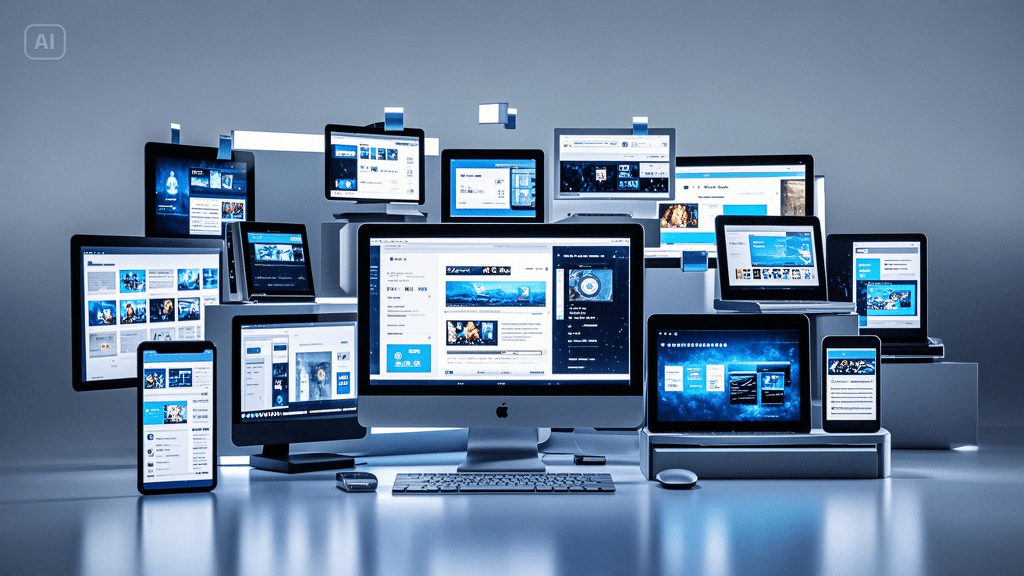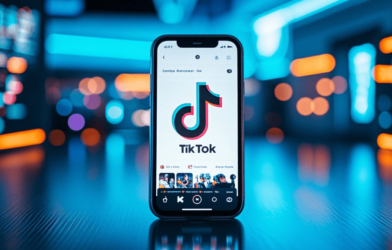Artificial Intelligence is no longer a futuristic concept—it’s a driving force behind the digital media revolution happening right now. From hyper-personalized content to AI-generated videos, today’s media landscape is being reshaped by intelligent algorithms and tools that are faster, smarter, and more creative than ever before.
This article dives into the cutting-edge AI technologies that are transforming how digital media is created, consumed, and monetized.
🔍 Table of Contents
Introduction: The Shift to AI-Powered Media
Content Creation Tools Using AI
AI in Video and Audio Generation
Personalized Media and Recommendation Engines
AI-Powered Content Moderation and Curation
Challenges and Future Trends
1. Introduction: The Shift to AI-Powered Media
Digital media has traditionally required large creative teams and long production cycles. Today, AI tools are:
Automating time-consuming production tasks
Enabling creators to generate high-quality content in seconds
Enhancing user experiences through personalization
From YouTube to Netflix and even independent blogs, AI is helping media adapt to real-time user behavior and preferences.
2. Content Creation Tools Using AI
AI-driven platforms are revolutionizing writing, design, and storytelling:
| Tool | Use Case |
|---|---|
| ✍️ ChatGPT | Drafts articles, scripts, and copy with human-like fluency |
| 🎨 Canva Magic Studio | AI-assisted design suggestions and image generation |
| 📰 Jasper AI | Automated blog posts, ad copy, and SEO optimization |
| 📊 Narrative Science | Converts data into natural language news reports |
These tools are helping creators work smarter, not harder—especially in digital marketing, publishing, and entertainment.
3. AI in Video and Audio Generation
AI is redefining how audio-visual content is produced:
Suno AI and Boomy can create full songs from simple text prompts
Runway ML allows real-time video editing and text-to-video generation
ElevenLabs and Descript offer AI voiceovers and realistic voice cloning
Pika Labs helps generate cinematic scenes from scripts or still images
Result: A single creator can now do the work of an entire media team.
4. Personalized Media and Recommendation Engines
AI is behind the addictive, curated experiences on platforms like:
Netflix and YouTube: Suggesting videos based on behavior, watch history, and preferences
Spotify: Recommending playlists tailored to mood and listening patterns
Instagram Reels and TikTok: AI-fueled feed personalization ensures users stay engaged
This level of personalization increases retention and maximizes ad revenue, making it essential for platforms to compete.
5. AI-Powered Content Moderation and Curation
AI also plays a key role in ensuring safe and relevant digital environments:
Natural Language Processing (NLP) filters toxic comments and hate speech
Image recognition detects explicit or violent visuals for automated removal
Fact-checking algorithms help flag misinformation and fake news
While human oversight is still needed, AI improves response times and scales moderation to millions of users.
6. Challenges and Future Trends
Despite the benefits, AI in digital media raises several concerns:
Authenticity: Deepfakes and AI-generated content may blur the line between real and fake
Job Displacement: Some roles in media production may be reduced or replaced
Bias: AI models can reflect societal biases if not properly trained
Future Trends to Watch:
AI-generated TV series and animations
Emotion-aware content that adapts to viewer mood
Blockchain-backed systems verifying the authenticity of AI-created works
📝 Conclusion
AI is unlocking unprecedented levels of creativity and efficiency in digital media. From personalized streaming to full-scale content generation, intelligent tools are empowering creators, platforms, and marketers to reach audiences like never before. The key is using these tools responsibly—and creatively.












